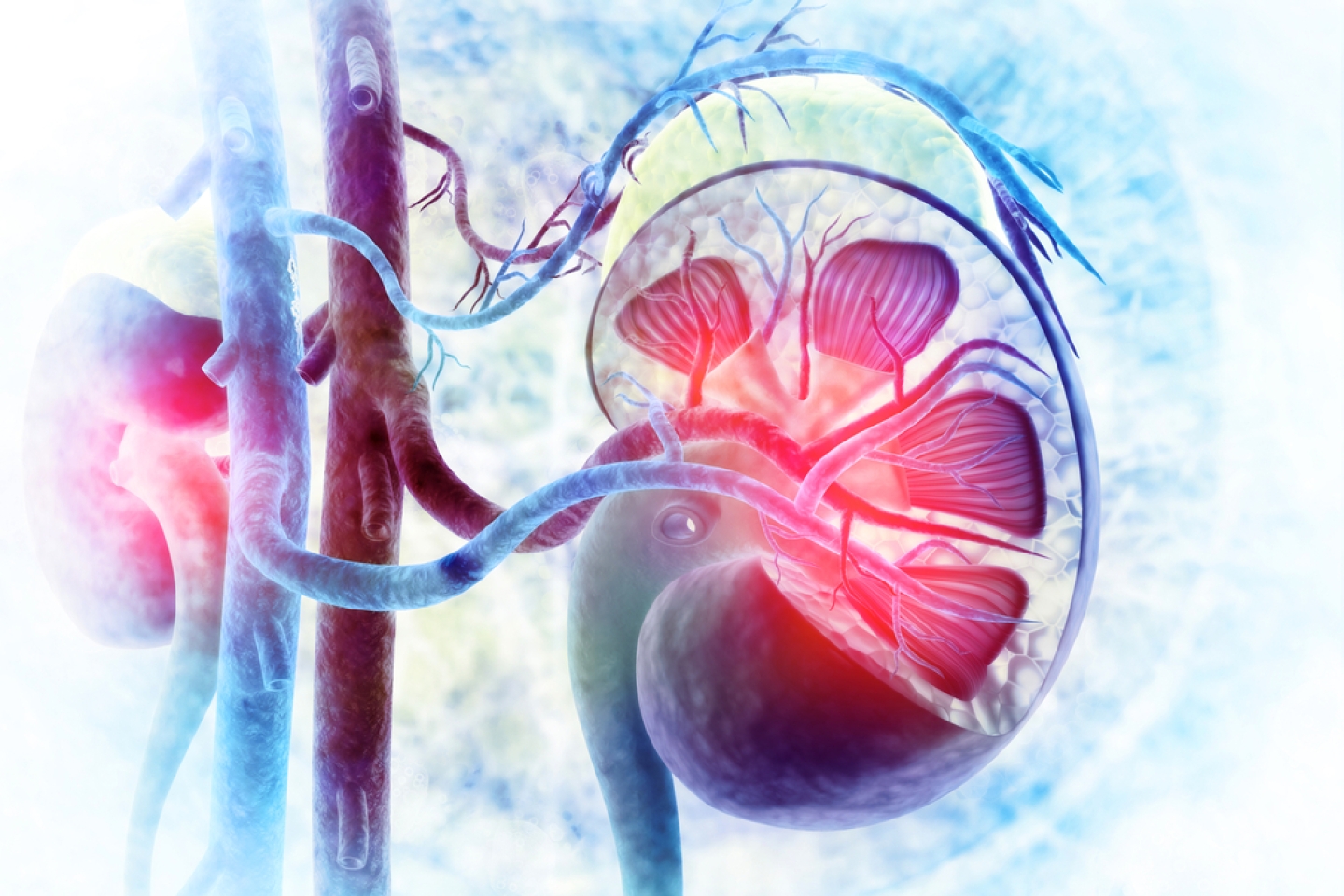
Polycystic kidney disease (PKD) is a fairly rare genetic condition that affects roughly half a million Americans. It has no cure, but at Weill Cornell Medicine, rare diseases matter just as much as common ones. NewYork-Presbyterian Hospital and its affiliated nonprofit, The Rogosin Institute, have been named a Center of Excellence by the Polycystic Kidney Disease Foundation.
In patients with PKD, cysts take over and crowd out normal kidney tissue, says Dr. James Chevalier, Clinical Co-Director of the PKD Center of Excellence. “More than half of the patients who have PKD experience kidney failure by age 60 and need to start dialysis or receive a kidney transplant.
“PKD is a systemic disease,” Dr. Chevalier continues. “As such, it can cause issues in other parts of the body, including aneurysms of the brain, enlargement of the liver with cysts, problems with fertility and heart abnormalities. That’s why many of our PKD patients are referred to other specialists, in addition to seeing us.”
There are several well-known genetic mutations associated with PKD. A child with one parent who has the most common type of PKD, called autosomal dominant PKD, stands a 50-50 chance of inheriting the disease. Weill Cornell’s Center of Excellence offers genetic counseling and testing for PKD.
The symptoms of PKD may include:
As for treatments, explains Dr. Chevalier, “we start by reviewing your medications. One change we recommend is to switch your birth control method from estrogen-based to non-estrogen-based contraception. That’s because estrogen is known to fuel the growth of cysts, especially in the liver.”
The PKD team also focuses on decreasing stress on the kidneys, urging patients to:
Finally, the FDA has approved tolvaptan for the treatment of PKD. It’s the only medication to date that has received approval to slow the growth of kidney cysts and the progression of kidney disease. The certified PKD team at The Rogosin Institute prescribes tolvaptan and manages treatment for one of the largest groups of patients taking the medication. Tolvaptan prescribers meet weekly to review every patient receiving tolvaptan therapy, discuss laboratory test results and ensure that follow-up appointments and prescriptions are up-to-date.
In the U.S., a person generally qualifies for a kidney transplant when their kidney function is about 20 percent or less. The 20 percent mark is the point at which doctors at The Rogosin Institute encourage patients to add their name to the national transplant list. That being said, “we usually advise patients to get a transplant when their kidney function is closer to 10 percent. This means that a lot of preparation and education happen for patients between 20 percent and 10 percent kidney function,” he says.
“Our first goal is to keep the original kidneys working as long as possible. Our second goal is to have the patient get a kidney transplant before reaching that 10 percent mark. That way, they’ll be able to avoid dialysis altogether.”
When they’re between 20 and 10 percent kidney function, patients learn about dialysis options so they can make an informed choice regarding a back-up plan for dialysis in case a transplant isn’t possible within that timeframe. That allows the patient to experience a smooth transition from advanced kidney disease to dialysis, which they’ll need to do temporarily until they’re able to receive a transplant from either a living or deceased kidney donor, Dr. Chevalier explains.
The more patients know about PKD, the more in control they feel. And with control comes hope.
There may be no cure for PKD—at least not yet—but there’s a wealth of available treatments that can improve a patient’s quality of life for years to come.
Learn more about The Rogosin Institute’s PKD program and learn more about Weill Cornell Medicine’s kidney transplantation program and the diseases and conditions we treat.